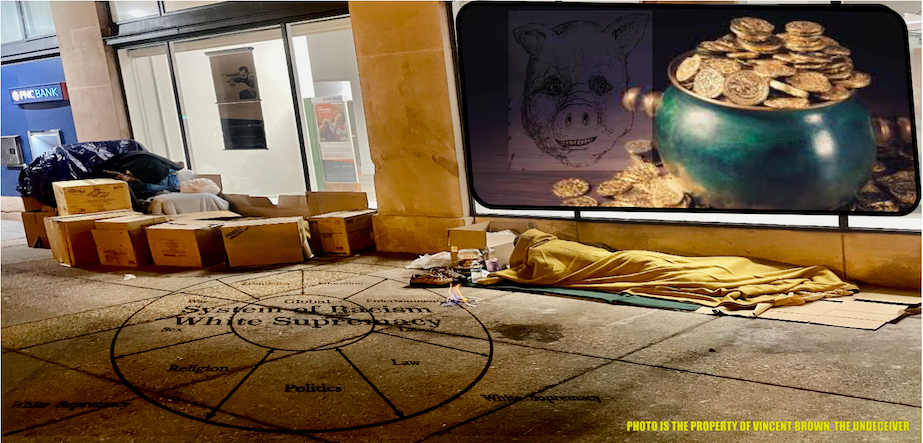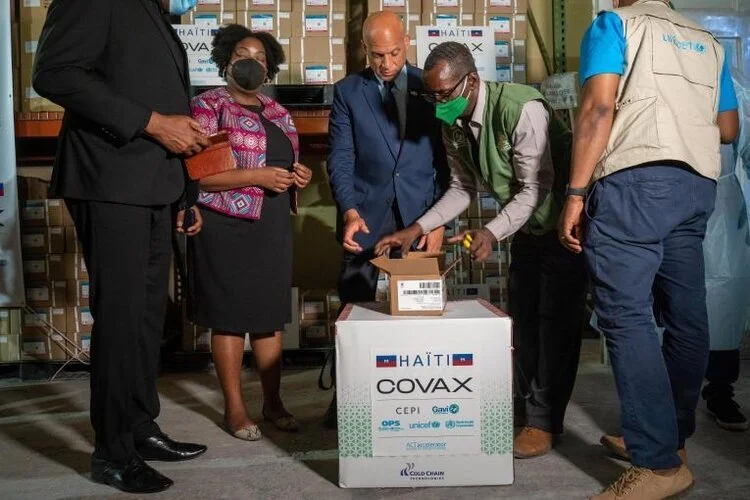AH Datalytics Analysis Shows a Broad Decline in Murder Rates. Racists who Believe Crime Data is Proof of Black Inferiority Must Get a New Clogic to Prove “Differences" Among "Races” to Justify Racism
/Black criminals function as a negative reference group vital to maintaining the White American self-image. The Black criminal is used to support the White American community's self-serving, self-justifying judgments of itself. White America's preoccupation with Black criminality betrays its own need for reassurance; betrays its own basic insecurity regarding its projected moral purity. Consequently, the higher the incidence of reported Black criminality, the more exceptionally righteous White America feels itself to be. The more righteous it feels itself to be the more intensely and guiltlessly it promulgates and justifies its domination and exploitation of African peoples at home and abroad.” [MORE] the Only Purpose of Race is to Practice Racism.
From [HERE] New data from AH Datalytics shows “sharp and broad decline” in murder rates for 2023. In a recent article published in The Atlantic, Jeff Asher (pictured), a crime analyst based in New Orleans and co-founder of AH Datalytics, writes that the decline in murder rates across the United States is “one of the largest annual percent changes in murder ever recorded.”
According to AH Datalytics, murder rates decreased by 12 percent in more than 90 cities that have released data for 2023. In Los Angeles, Houston, and Philadelphia, murder has dropped to more than 20 percent. Additionally, the data shows that murder has decreased by 30 percent or more in cities located in the southern and midwestern regions including, but not limited to, Baton Rouge, LA; Tampa, FL; Cincinnati, OH; Jackson, Mississippi; Atlanta, Georgia; Little Rock, Arkansas; Minneapolis, Minnesota; and Milwaukee, Wisconsin (Click here for sources).
In recent months, some elected officials or those running for political office have called for use of the death penalty to address a perceived rise in violent crime. But studies, including Stephen Oliphant’s study on the death penalty’s effect on homicide rates, have reported “no evidence of a deterrent effect attributable to death penalty statutes.”
[MORE]
Racists are obsessed with crime statistics in Black communities. According to the Sentencing Project, “Researchers have shown that crime reporting exaggerates crime rates and exhibits both quantitative and qualitative racial biases. This includes a tendency . . to exaggerate rates of black offending and white victimization and to depict black suspects in a less favorable light than whites.“
Under the pretense of being concerned about the well-being of Black people, the liberal white local media in urban areas in particular, sensationalize crime with overblown coverage and hyper alertness. To be explicitly clear, it is a guise because we live in a system of racism/white supremacy - a system in which most white people (or the most powerful white people) seek to dominate or control non-white people with master-servant relations in all areas of people activity and most white people project and maintain unequal power and conditions in a white over Black system. Racists, either self-described as liberal or conservative, have no intention of changing this arrangement because they are the permanent enemy of non-white people. White liberals and conservatives spare no cost when it comes to placing Black people in greater confinement.Dr. Amos Wilson states,
"Given the historical and contemporary virulence of White racism in America and the injustice toward Blacks that such racism engenders, the number of arrests, incarcerations, and in many instances, convictions of Black males should be viewed with a jaundiced eye. The willingness of White Americans to heavily tax themselves in order to finance accelerated and increased prison construction, rapidly expanding police forces and so-called criminal justice system personnel, burgeoning private police and security establishments; their willingness to finance the incarceration of a Black male prisoner upwards of $30,000 to $40,000 per year, in sharp contrast to their unwillingness to tax themselves to provide for the appropriate funding of the education of Black children and to commit themselves to the ending of racist employment practices; to provide adequate housing medical care, food and clothing; clearly implies that alleged Black male criminality plays a very important role in defining the collective White American ego and personality.” [MORE]

















































































































































































































































































































